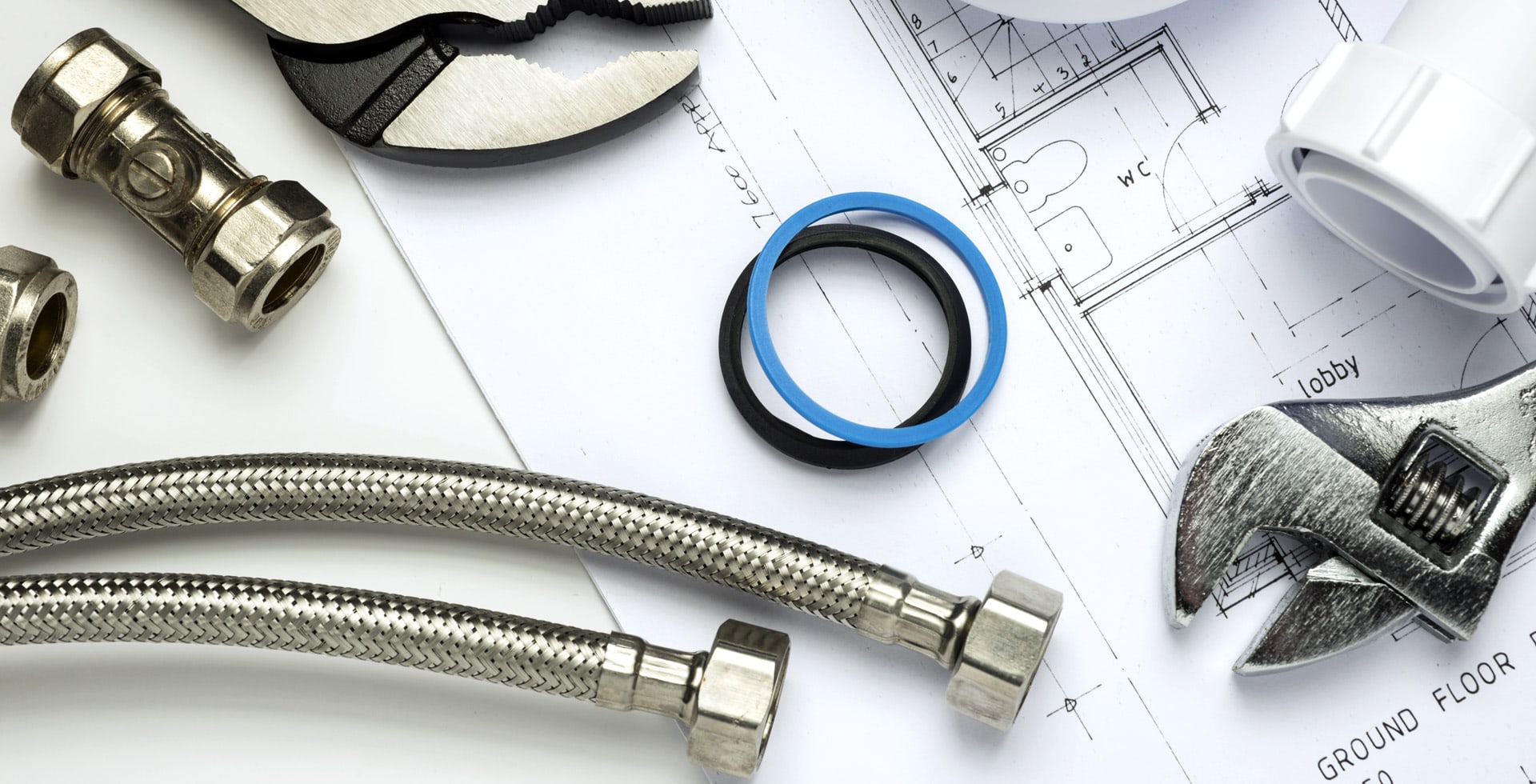“`html
What to Expect During a Roof Installation
Installing a new roof is a significant home improvement project that requires careful planning, execution, and understanding of the various stages involved. Homeowners should be well-informed about the roof installation process to ensure it goes smoothly. This article provides a comprehensive overview of what to expect during a roof installation, from initial preparations to the final inspection.
1. Preparing for Your Roof Installation
Preparation is key to a successful roof installation. Before work begins, homeowners should consider the following steps:
- Choose the Right Roofing Material: Select a roofing material that suits your home’s architectural style, climate, and budget.
- Consult with Professionals: Engage a reputable roofing contractor to discuss your needs, timeline, and budget.
- Obtain Necessary Permits: Ensure your contractor acquires any required permits for the installation process.
- Communicate with Neighbors: Inform your neighbors about the upcoming work, as noise and disruption are to be expected.
2. Safety Precautions and Preparations
Safety should always be a top priority during a roof installation. Here are some essential safety measures:
- Protecting Landscaping: Your contractor should cover plants, shrubs, and any outdoor furniture near the work area to prevent damage from falling debris.
- Debris Management: Ensure that a construction dumpster is on site for proper disposal of old roofing materials.
- Safety Gear: The crew should use safety harnesses and helmets to minimize the risk of accidents while working on the roof.
3. The Roof Installation Process
The actual roofing process can be divided into several stages. Here’s a breakdown of what to expect:
3.1. Removal of Old Roofing
The first step in replacing a roof is to remove the existing roof covering. This can involve:
- Stripping Away Old Shingles or Tiles
- Inspecting the Underlying Decking for Damage
- Reinforcing or Replacing Damaged Roof Decking
3.2. Installing Underlayment
Once the old roofing is removed, your contractor will lay down an underlayment. This layer serves as a protective barrier against moisture. The process includes:
- Applying a felt or synthetic sheet that adds an extra layer of protection.
- Ensuring that the underlayment is properly secured to prevent wind lift.
3.3. Installing New Roofing Material
With the underlayment in place, the new roofing material will be installed. Depending on your choice, this may involve:
- Installing asphalt shingles, metal panels, wood shakes, or tile roofing.
- Carefully aligning and securing materials to ensure a watertight seal.
- Adding flashing around chimneys, vents, and other protrusions for better waterproofing.
3.4. Finishing Touches
Once the main roofing material is installed, finishing touches are applied. This includes:
- Trimming excess materials and ensuring neat edges.
- Installing ridge caps on the peak of the roof for added protection.
- Conducting a thorough clean-up of the work site, including removal of debris.
4. Post-Installation Steps
After the roof installation is complete, it’s essential to conduct a final inspection. Here’s what to look for:
- Quality Check: Inspect the roof surface for any visible defects or unevenness.
- Flashing and Seals: Ensure flashing is properly installed and sealed to prevent leaks.
- Clean-Up: Verify that all tools and debris have been cleared from your yard and home.
5. Understanding the Duration of Installation
The duration of a roof installation can vary significantly based on several factors, such as:
- The size and complexity of the roof.
- Weather conditions during the installation period.
- The type of materials chosen for the roofing project.
On average, most residential roof installations take between one to three days, but it’s crucial to allow for possible delays due to unforeseen circumstances.
6. Cost Considerations
Understanding the financial aspect of a roof installation is crucial. Factors that influence cost include:
- Type of materials used (asphalt shingles, metal, etc.).
- Labor costs, which can vary by region and contractor.
- Additional features such as gutters, ventilation, and insulation.
Always get detailed estimates from multiple contractors before making a final decision.
7. Maintenance After Installation
Proper maintenance is essential for prolonging the lifespan of your new roof. Here are some maintenance tips:
- Regularly inspect your roof for any signs of damage or wear.
- Clean gutters and downspouts to prevent water damage.
- Trim overhanging branches to reduce wear on roofing materials.
Conclusion
Understanding the roof installation process—its preparation, execution, and follow-up—plays a vital role in ensuring the longevity and quality of your home’s roof. By knowing what to expect throughout the installation journey, homeowners can make informed decisions, collaborate effectively with roofing contractors, and enjoy peace of mind as they enhance their property. Investing in a new roof not only protects your home but also adds value to your property for years to come.
“`

